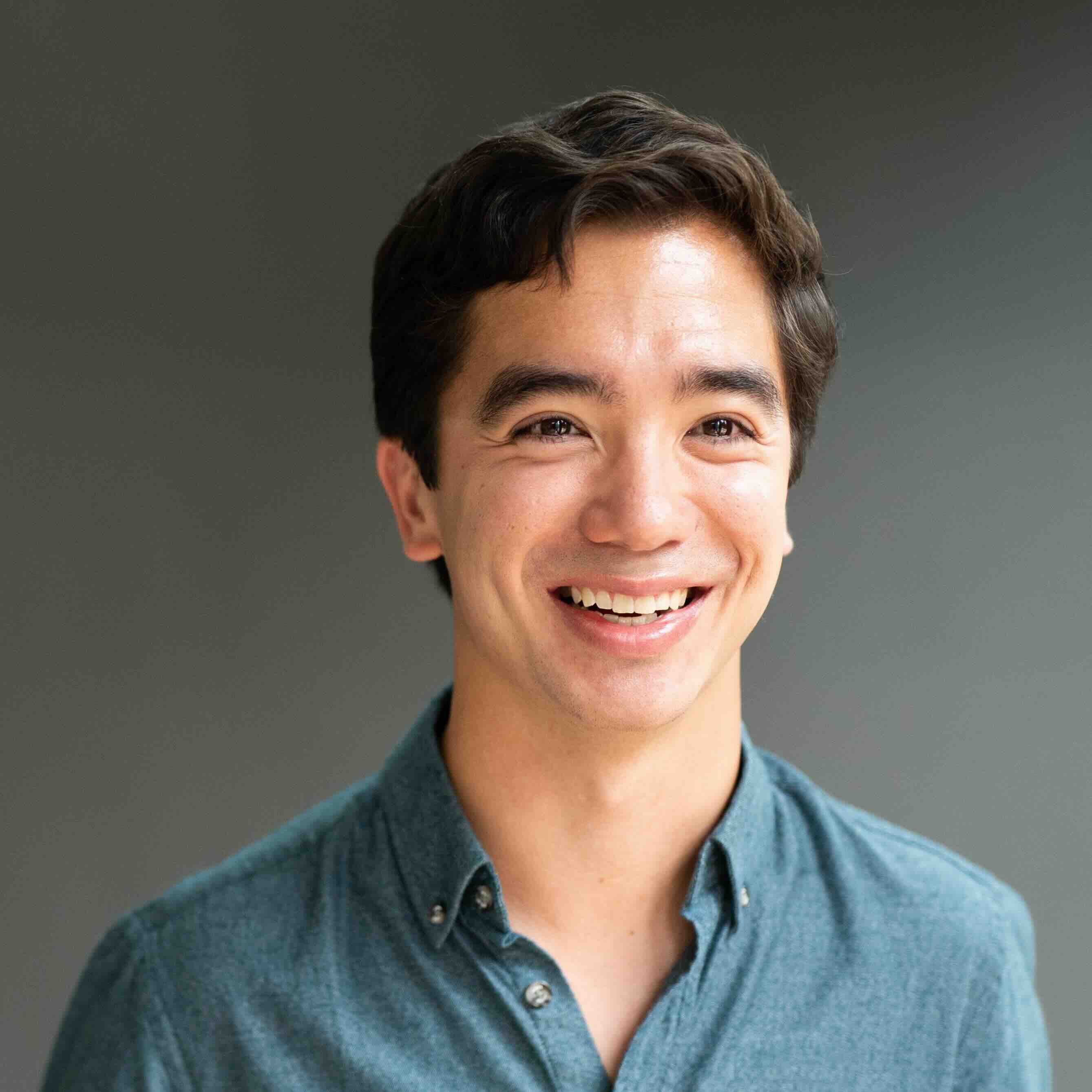I build new things.
I love spinning up new products or ideas quickly, building teams to help them scale, and finding early customers or community members. I particularly love building feedback loops between early customers and internal teams to hone in on product-market fit.
Some of my favorite things I’ve built:
- a nationwide delivery network for restaurants at Table22, where incentives are aligned so that drivers and restaurants both feel treated with respect
- a Virginia-wide startup competition with Village Capital that highlighted and funded 25 entrepreneurs across the state
- a national conference on innovation with the Tom Tom Foundation that connected small-city leaders across the country
- a $1mm tech talent placement program with Forge that trained thousands of students and placed them in hundreds of impact-driven startups
You can read more about each of these on my LinkedIn.
What I’m building right now at RECmint
RECmint is a full‑service SREC (solar renewable energy certificate) aggregator. SRECs are central both in tracking and incentivizing the transition to clean energy, and our team is working to make them easier for all parties involved.
My role: Director of Operations. Read more at RECmint.

My favorite thing I’ve built
I co-founded a tech skills school called Forge in Charlottesville, Virginia. At Forge, we taught engineering, data science, marketing, rapid prototyping, and entrepreneurship to thousands of students. We built our programs with a unique business model where students didn’t pay tuition unless we successfully placed them in a job. This reduced reliance on donations, enabling us to survive the pandemic and better control our own destiny.
I learned about the hard things that go into starting a business: how to create something people really want, how to recruit and train a team, how to change directions quickly, how to ask for help, and how to fail with grace.
Key projects included: leading a complete rebrand involving 100+ stakeholders; overhauling our company partnership sales process; and growing the Board of Directors to improve gender, racial, and age diversity.
More than anything, I’m proud of the community we built at Forge. Thousands of makers and creators went through our programs, and hundreds stay in touch to this day.
I left Forge in 2021, though I remain an informal advisor to the team.

What I built at Table22
Table22 empowers beloved restaurants to build subscription businesses, enabling predictable revenue and unique experiences for their best customers.
As Director of Operations + Strategy, I worked as a product-prototyper and business ops lead. Projects included:
- building better database and reporting infrastructure for email marketing
- creating a new hiring pipeline to increase diversity and equity
- designing a Help Center for quicker customer answers
- prototyping automated delivery communications with chatGPT
Earlier, I built and managed the nationwide delivery operation for partner restaurants, which included:
- sourcing, training, and managing 100+ drivers across 18 cities
- creating low/no-code systems to automate scheduling, routing, payments, and customer service
- co-creating the customer service playbook for dispatchers
- hiring and managing the dispatch and CS team
- collaborating with early restaurant partners to inform logistics and product design
Prior to this broader business operations role, I was focused on building everything needed to start-up, operate, and grow our nationwide delivery operation for our partner restaurants. This included:
- sourcing, training, managing, and retaining 100+ drivers across 18 cities
- creating no- and low-code systems and automations, often in collaboration with our product team, to scale and automate our driver scheduling, route planning & optimization, payment, and customer service operations
- co-creating our customer service playbook for dispatchers with our account management team
- hiring, training, and managing our dispatch and customer service team
- collaborating with early Table22 merchant partners to understand needs and challenges, and building in these learnings into our logistics and software product
How I think about leading teams & building new ideas
My toolkit for building stuff
I’m a strategy and ops guy, though I’m originally an engineer by training. I attended UVA and got a degree in computer science, but quickly discovered I loved talking to people way too much to purely be coding all day. 😂 Operations, chief-of-staff, and/or product roles are my jam, as they allow me to use my maker/builder-mindset to solve people- and customer-centric problems.
I think it’s really fun to jump from thinking through high-level strategy problems to figuring out how to prototype, test, and execute on those ideas that very day. That means my usual toolkit involves software that lets me prototype ideas quickly and build consensus across teams.
I practically live in tools like Airtable, Zapier, Slack, and Bubble for that reason. I’ve found that no- and low-code tools like these are friendlier and easier places to build things, especially when working cross-functionally. No one should waste time debugging code when you’re just trying to get validation on an idea.
My approach to leadership
I thoroughly enjoy helping team members reach their potential and guiding a team toward a goal. I’ve had the opportunity to lead a lot of people in a lot of different types of teams:
- hundreds of volunteers for a nonprofit festival and conference
- dozens of part-time instructors and teaching assistants
- several full-time direct reports
- a nonprofit board of directors
- dozens of part-time delivery drivers across the country
I’ve learned a lot along the way. I’ll share a few key guiding principles I’ve picked up on that shape my leadership style today:
Guiding principles
- If people are doing the wrong thing, usually systems are making it hard to do the right thing. The default should always be to build better systems and improve communication before placing blame.
- The best teams (and systems) are not dependent on a single person. One sign of a healthy team is that anyone—including the leader—can go on vacation and nothing immediately breaks.
- Direct reports should be taught over time to think like their managers do. This prepares people for more senior roles and makes the whole team more autonomous.
- Whenever possible, decisions should be made where the information is. Top‑down decisions can break trust and often miss the nuance on-the-ground teams have.
- Constantly surfacing the why is one of the most important things a leader can do. It gives teams purpose, clarifies priorities, and builds trust.
- Strategic leadership balances pushing boundaries with listening to where your team wants to go. If people understand the why, you can maintain trust and buy‑in—even when tough, unpopular decisions are necessary.
- Invest in hungry, high-potential people and they’ll grow with you and your organization.
Get in touch
I occasionally consult with companies who are looking for help/guidance on testing out a new idea, building out a recruiting pipeline, or improving an existing process/system. If that’s of interest to you…
Here's how to reach me
Email me at daniel [at] willsonetc [dot] com. (Yep, 2 L’s in Willson.)
Here’s my LinkedIn.
